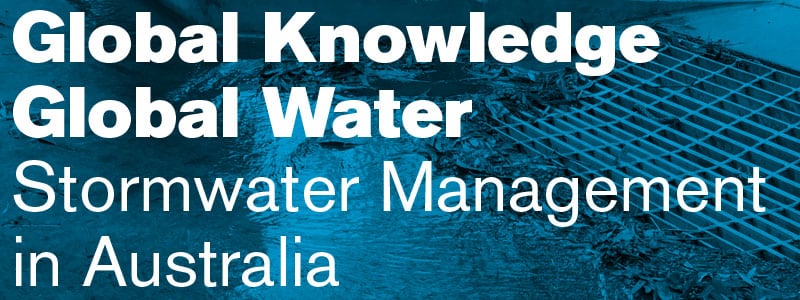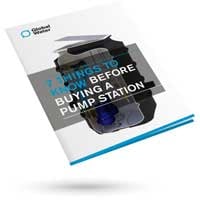Effective Stormwater Management Solutions for Australia
Stormwater is the rainfall that runs off impervious or saturated surfaces in urban environments, such as roofs, roads and pavements, as well as green spaces. Where the environment is undeveloped, rainwater infiltrates soils, allowing for transpiration by vegetation and evaporation into the atmosphere. Where this natural occurrence cannot occur, stormwater runoff collects sediment and gross pollutants before entering the water way.

Issues with stormwater in developed environments?
The pollutants in urban stormwater run-off are a major contributor to the degradation of urban waterways. Contaminants can include all or a collection of litter, soil, organic matter, grease, oil and metals collected from roads and properties, and fertilisers from gardens. Research has revealed that the mean and medium total concentrations of copper, lead and zinc in most stormwater exceed the guidelines for marine species protections (Adelaide and Mount Lofty Ranges Natural Resources Management Board, Submission 11, p.1.)
Implications for ecosystems and waterway health
The ecological consequences of untreated urban stormwater runoff can be quite devastating in some instances, with the major loss of ecological values. Studies have shown that construction sites are the largest contributor to pollution in stormwater, with these sites produced 50 to 200 times the amount of sediment and particulate pollution produced by completed urban areas.
The quantity of stormwater also needs consideration. As urban development has seen an increase in impervious surfaces, the volume of water that waterways must deal with during a storm event has increased. Historically, 90% of rainfall that fell in a catchment area was evapotranspired back into the atmosphere by trees, with 10% making its way through the soil and into the river. Today, we completely change the dynamic, with 90% making it to the river by washing over surfaces and carrying pollutants and causing significant erosion to rivers.
Value of stormwater
On the other hand, there are a number of environmental benefits that could be achieved if stormwater was considered and utilised as a water resource.
Suggestions are stormwater harvesting, combined with filtration, infiltration and irrigation. By capturing and storing stormwater, we are reducing the volume of water entering the waterways. Another common solution is at-source stormwater treatment, which reduces the stormwater pollutant loads and concentrations of substances.
Apart from Perth, Stormwater Australia advised that less than 3% of stormwater run-off is used. Utilising stormwater, through retention and treatment could provide an alternative water source during periods of droughts.
The future of stormwater in Australia
The potential for use of stormwater for green spaces in cities would support and improve the health of these spaces and return a greater volume of water to the ground water. Trees and greenery not only reduce temperatures but creates human comfort and opportunities for greater community well-being.
Before stormwater reuse can be properly implemented Australia-wide, considerations need to be made to ensure proper storage and treatment. Devices as well as storage facilities are required to process the stormwater before use in our green spaces.
In many developments, consideration for stormwater treatment, retention and detention are now required.
Stormwater treatment devices and Australian standards
Stormwater Quality Improvement Devices (SQID) are an effective way to achieve significant and sustainable improvements in stormwater quality, and the health of our waterways. SQID is a device or structure designed to remove a pollutants from stormwater prior to entering a natural water course or body. Pollutants that can be removed by a SQID include, gross pollutants, sediments, nutrients, heavy metals and grease and oils.
SQID devices are commonly a component of a treatment train, before the stormwater enters the municipal system.
Although Australia does not have standards for stormwater devices, best practice seeks the European Standard EN858-1. These standards state that once treated, stormwater discharge quality must achieve less than 5 mg/L of oil content. If devices meet these standards, they are considered Class 1. There are a number of devices constructed within these standards, including the Global Water EcoTreat Range.
As per the Environment Protection (Water Quality) Policy 2015, it is crucial to “…ensure that all reasonable and practicable measures are taken to protect, restore and enhance the quality of the environment while having regard to the principles of ecological sustainable development”.
Global Water work closely with local municipal authorities, engineers and construction bodies to implement effective Class 1 stormwater treatment devices. The EcoTreat range offers effective at-source treatment, that not only treats gross pollutants but successfully achieves discharge quality that meets EPA and Stormwater Australia guidelines.
To chat to Global Water about your upcoming project or development and to discuss stormwater treatment options, get in touch! We have LIVE chat available, and a dedicated team a phone call away.
Tags: Stormwater, Stormwater treatment




